On 21st September 1586 Mary, Queen of Scots was taken from Chartley Manor to Fotheringhay Castle near Peterborough, a site chosen by the Privy Council for its strength as a fortress, its remoteness in middle-England, and its relative closeness to London. At that time Fothering Castle was owned by Elizabeth Tudor.
The journey took four days. The party stopped first at the old Abbot's House just outside Abbot's Bromley at Hall Hill. Presently, Manor House Farm stands on the site of this former monastic residence. Then moving east, the party stopped at the Earl of Huntingdon's House in Leicester. The last part of this fortified manor was demolished in 1902. Finally, the party arrived at Fotheringhay Castle on 25th September 1586. The Queen was installed in the first floor apartments of the State Appartments of the Castle, overlooking its Great Hall.
The trial took place on 15th October 1586. (St Teresa of Avila, whose feast day it would become, had been dead for just over four years.)
On 25th October 1586 a verdict of Guilty was delivered in London. (The day which would become the feast of the Forty Martyrs.)
On 1st February 1587 Elizabeth Tudor signed the Death Warrant for Mary Stuart.
On 7th February Mary Stuart was informd that she was to die the next day.
On 8th February 1587 Mary Stuart, Queen of Scotland and Dowager Queen of France, was judicially murdered, publicly executed, in the Great Hall of the Castle, sometime shortly after 8am. (This day is now the feast of St Josephine Bakhita and my birthday.)
Fortheringhay Castle fell into disuse immediately after the execution and was finally demolished in the 1630s. The site (photo above) is a now a scheduled monument and is open to the public. It was not a large Castle and nothing of its fabric and moats now remain (except a small piece of the curtain wall which was left in place and surmounted by memorial plaques to Mary, and to Richard III who was born there).

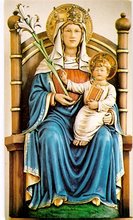

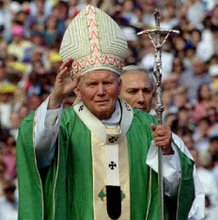
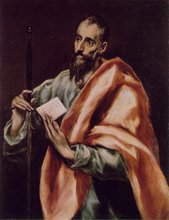
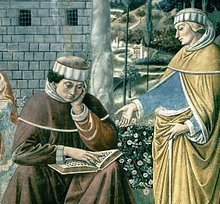
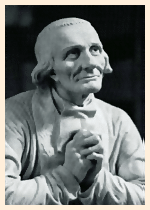

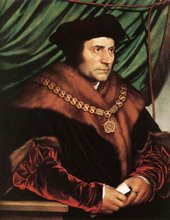


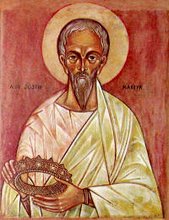
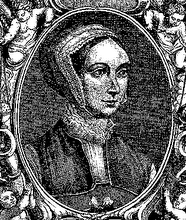
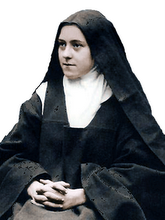
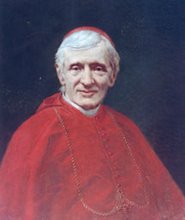
No comments:
Post a Comment